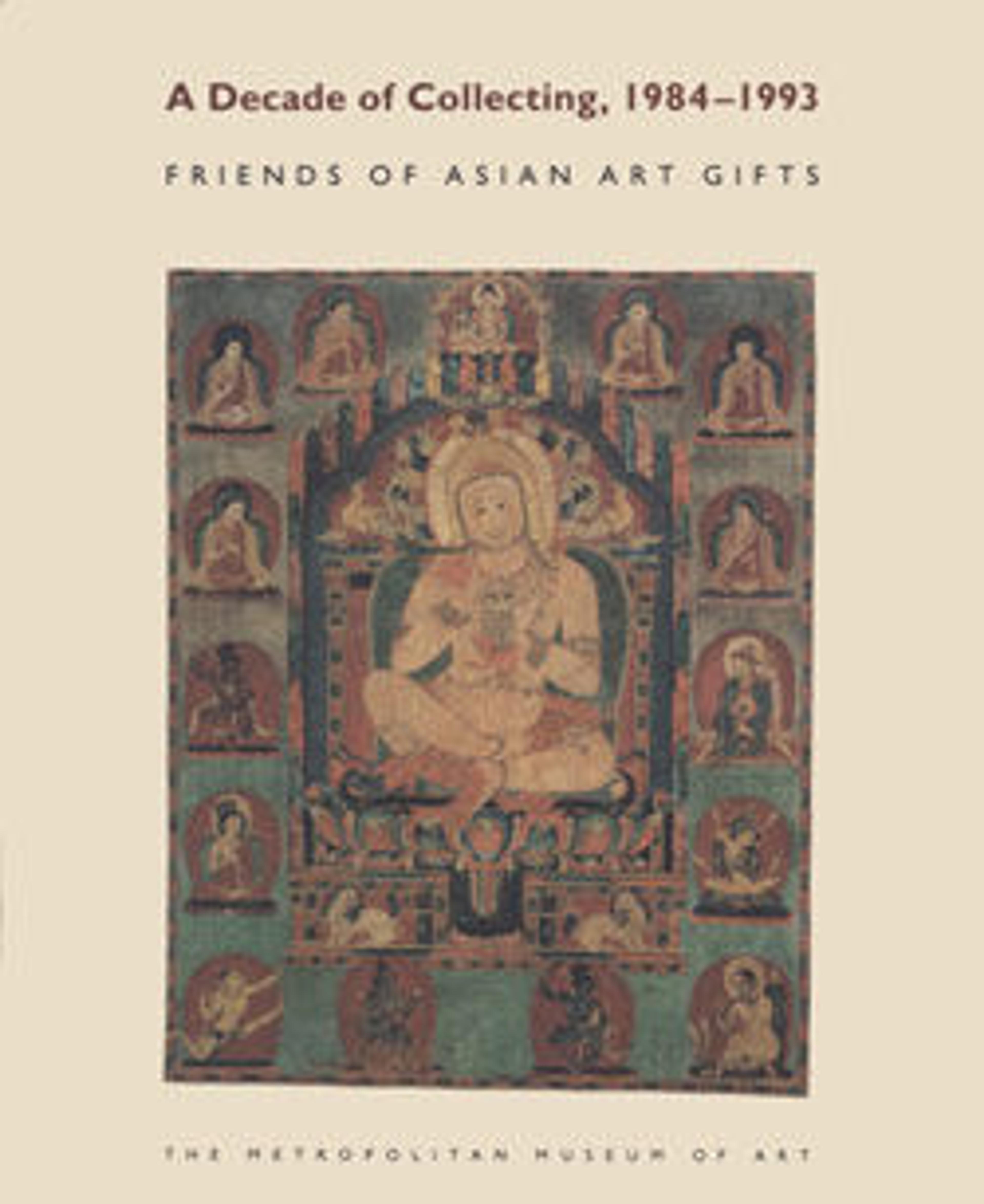Ewer with dancing figures
The curly hair of the dancer appliqued to the ewer suggests that this figure is not of Chinese ethnicity. He may represent a South or Southeast Asian individual, or even someone from Central Asia. Similar dancing figures, depicted on ceramics from north China, often represent Sogdians, a trading people based in present-day Uzbekistan, known for their whirling dances.
Artwork Details
- 唐 長沙窯舞人紋壶
- Title: Ewer with dancing figures
- Period: Tang dynasty (618–907)
- Date: ca. 9th century
- Culture: China
- Medium: Stoneware with white slip, pigment, and applied decoration under straw glaze (Changsha ware)
- Dimensions: H. 6 in. (15.2 cm)
- Classification: Ceramics
- Credit Line: Purchase, Friends of Asian Art Gifts, 1986
- Object Number: 1986.113
- Curatorial Department: Asian Art
More Artwork
Research Resources
The Met provides unparalleled resources for research and welcomes an international community of students and scholars. The Met's Open Access API is where creators and researchers can connect to the The Met collection. Open Access data and public domain images are available for unrestricted commercial and noncommercial use without permission or fee.
To request images under copyright and other restrictions, please use this Image Request form.
Feedback
We continue to research and examine historical and cultural context for objects in The Met collection. If you have comments or questions about this object record, please contact us using the form below. The Museum looks forward to receiving your comments.
